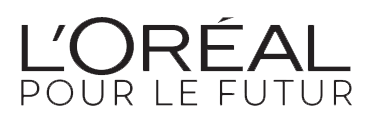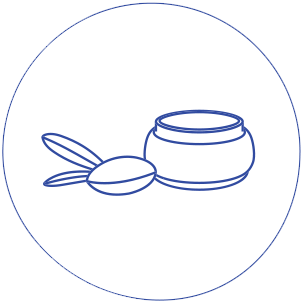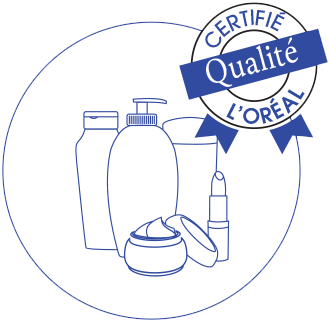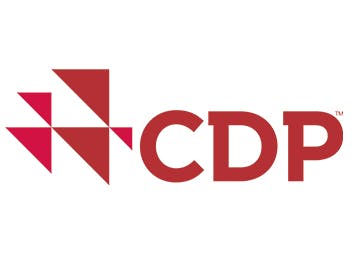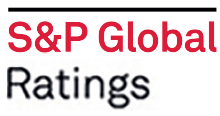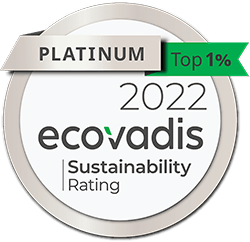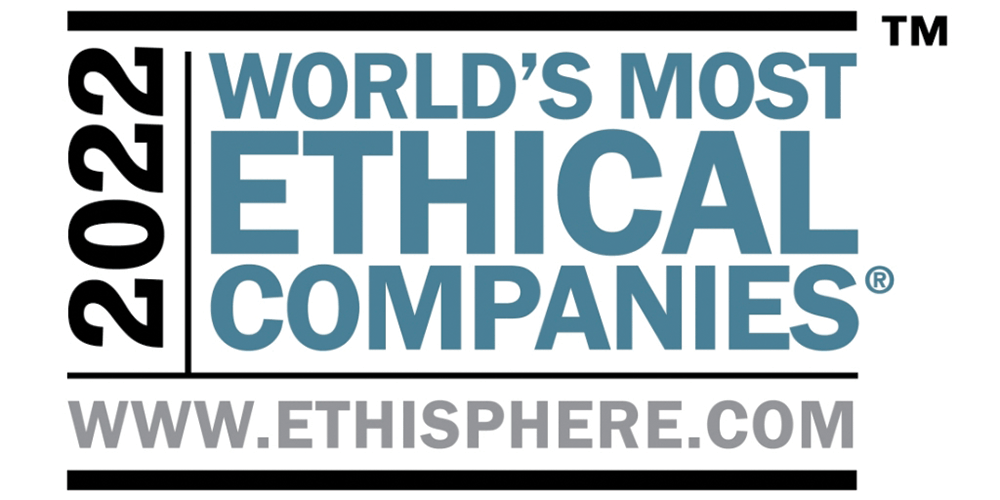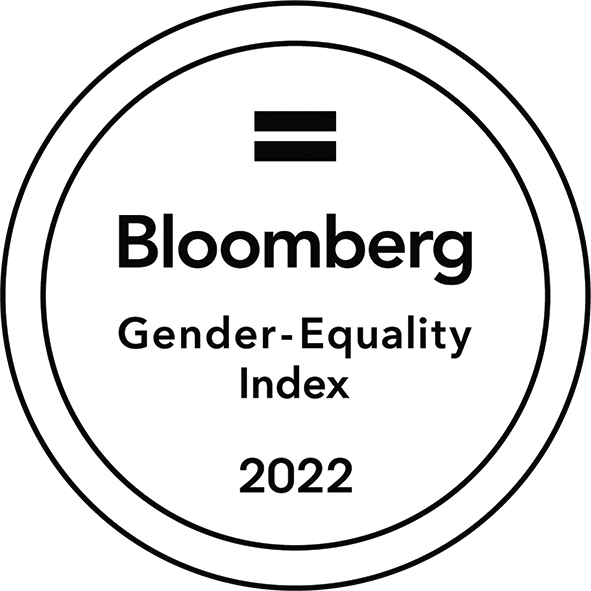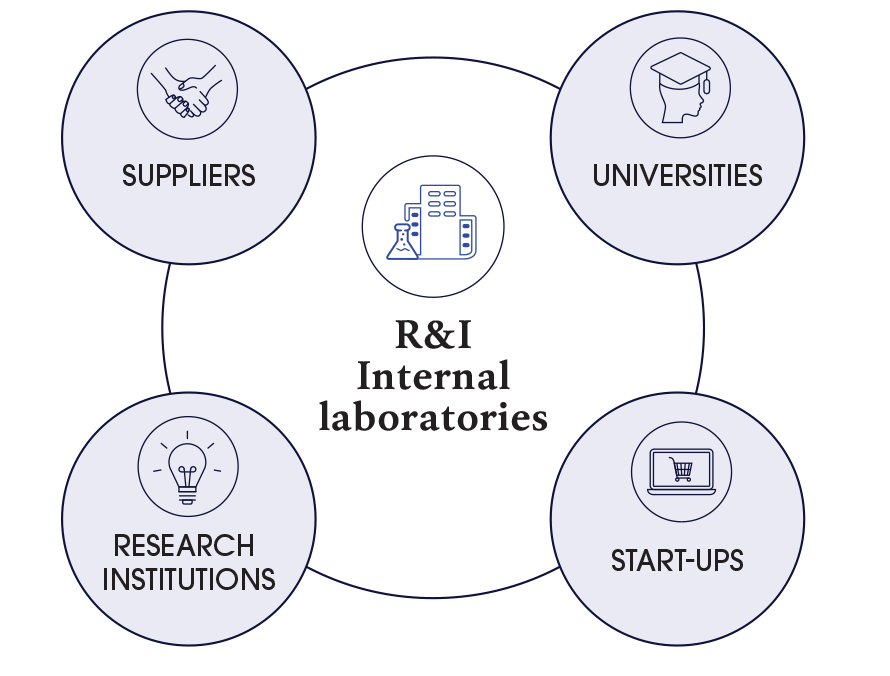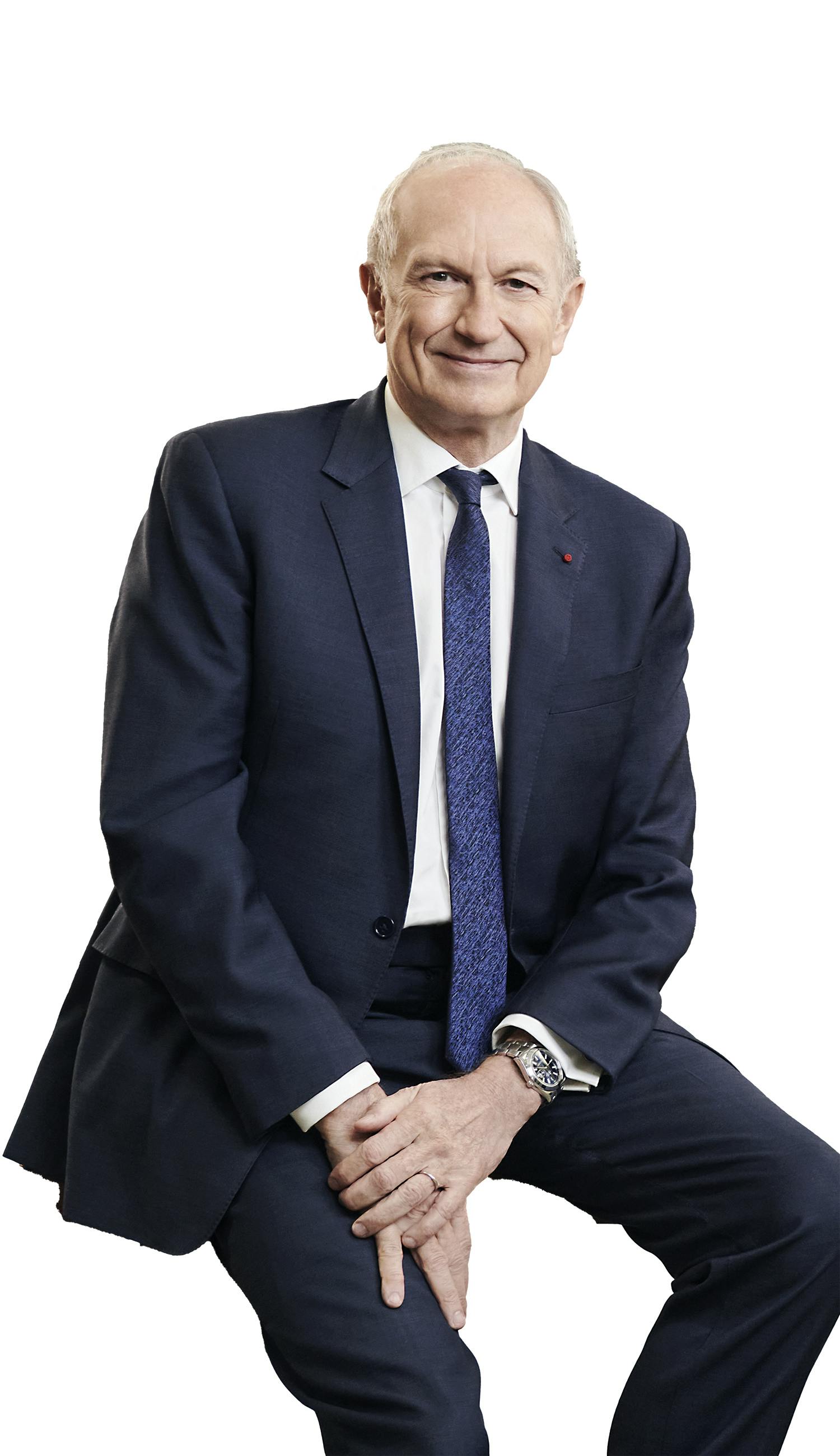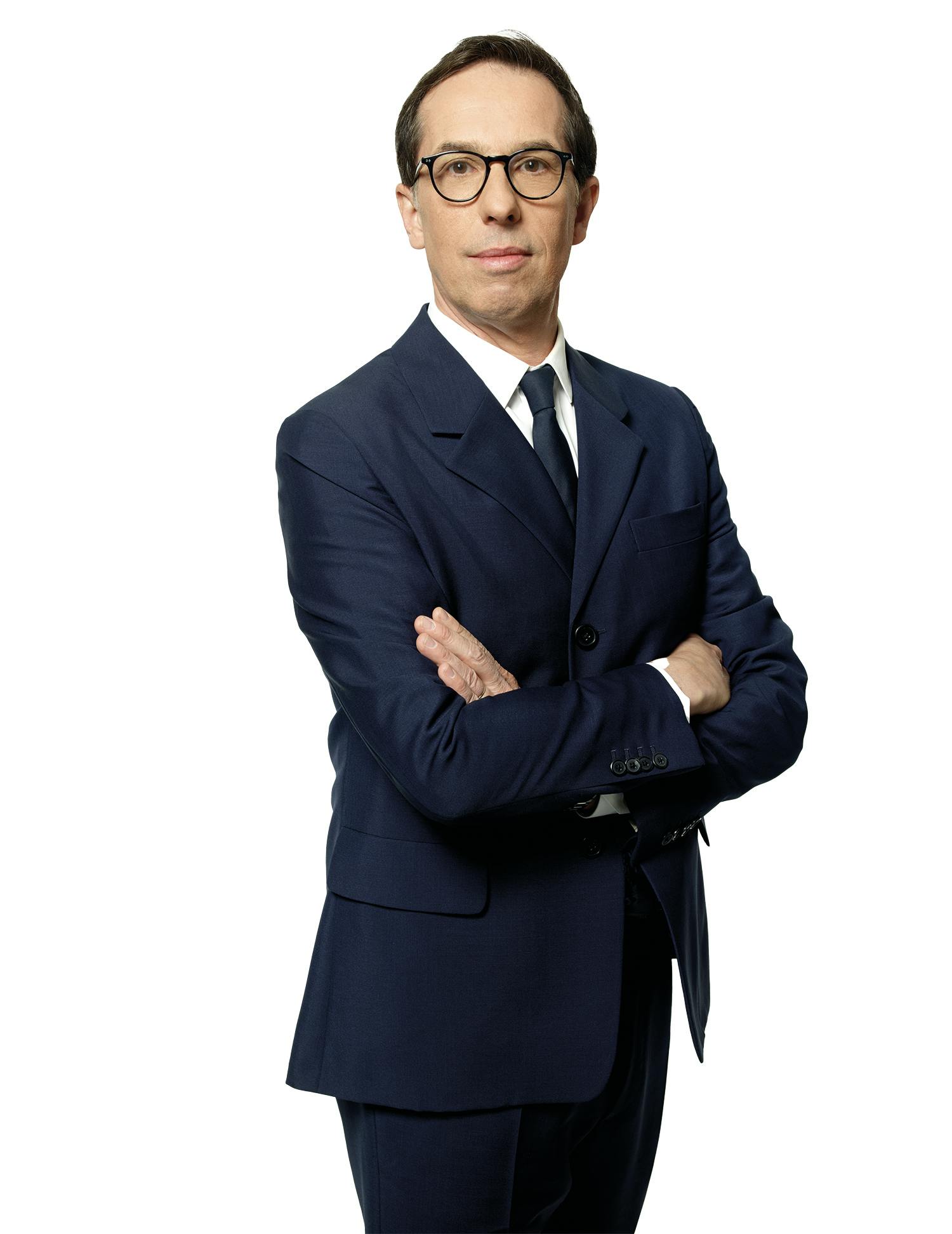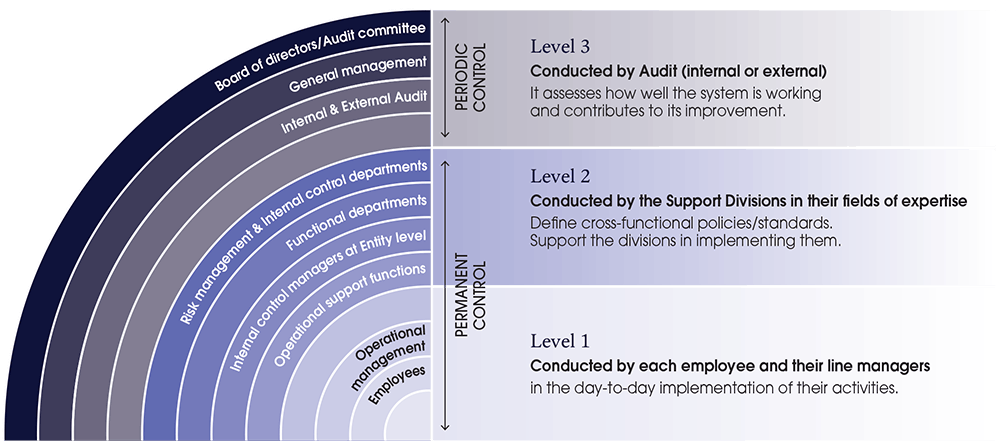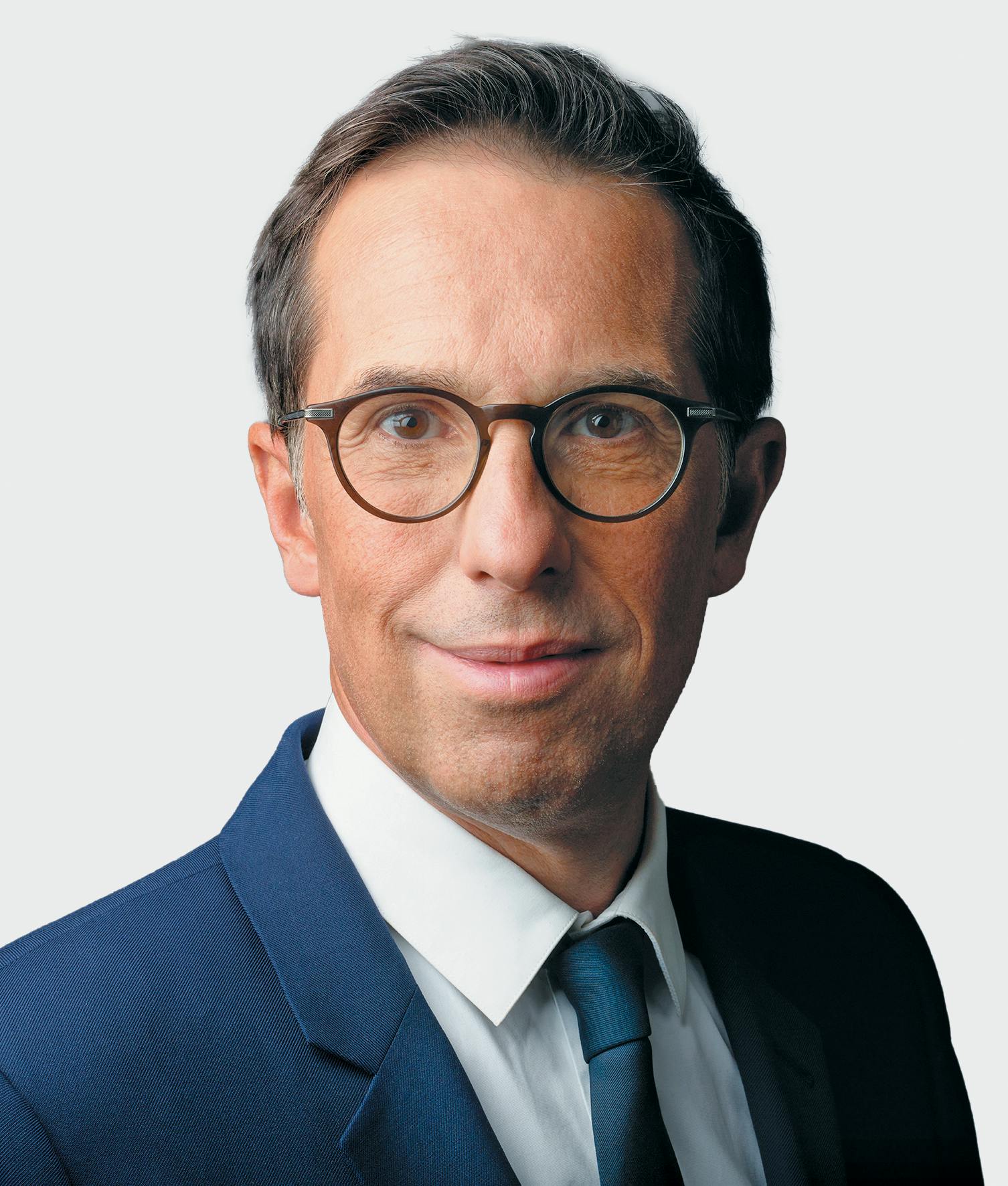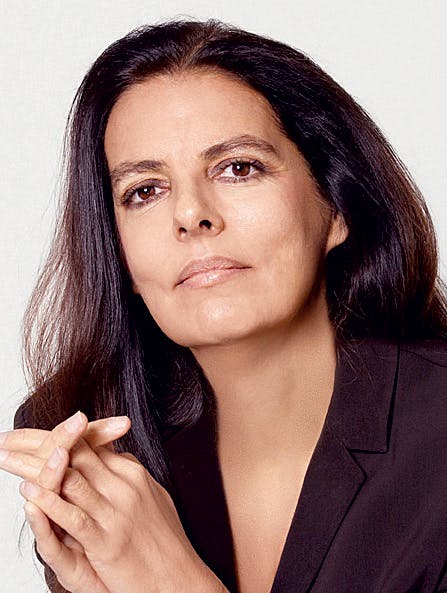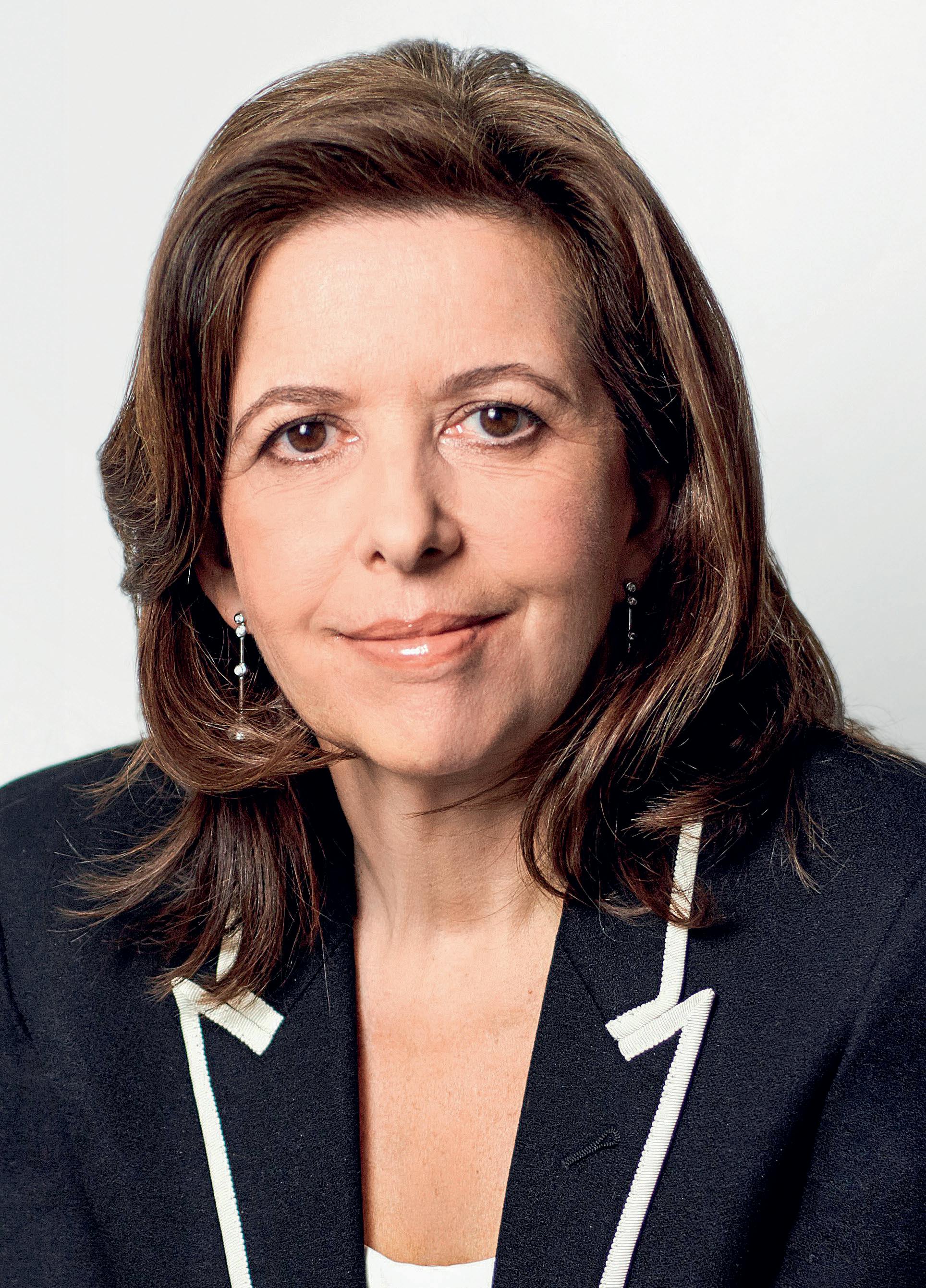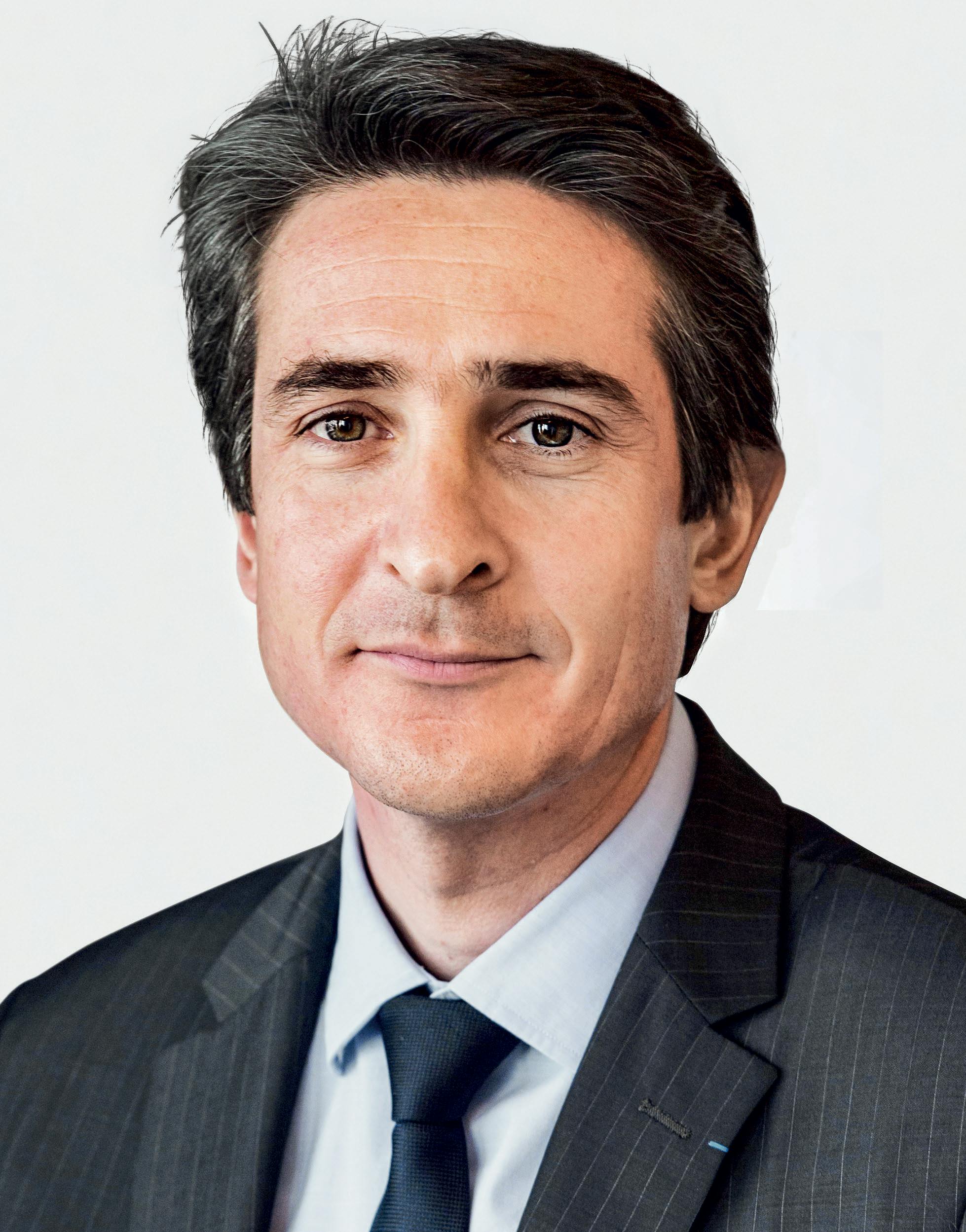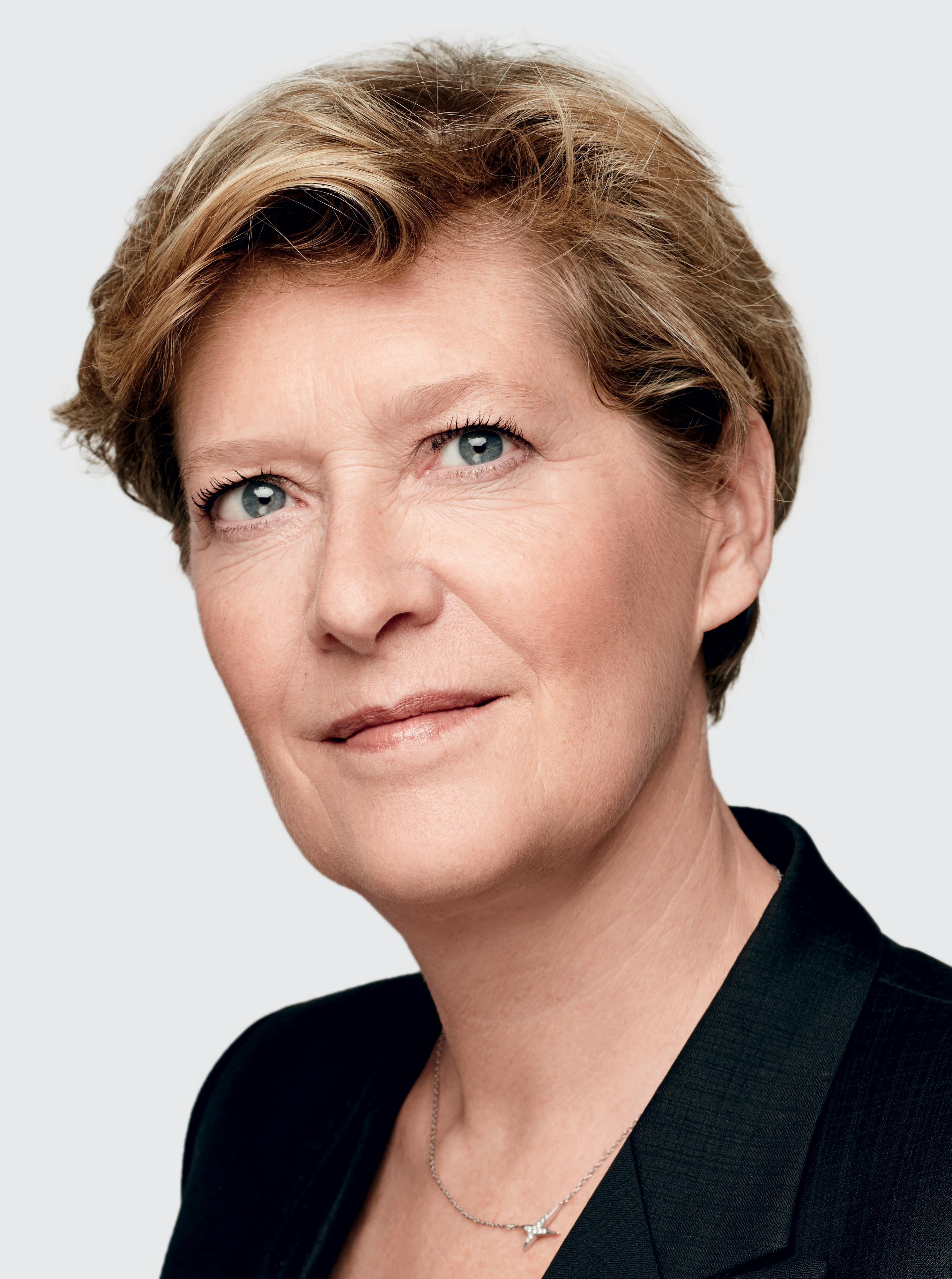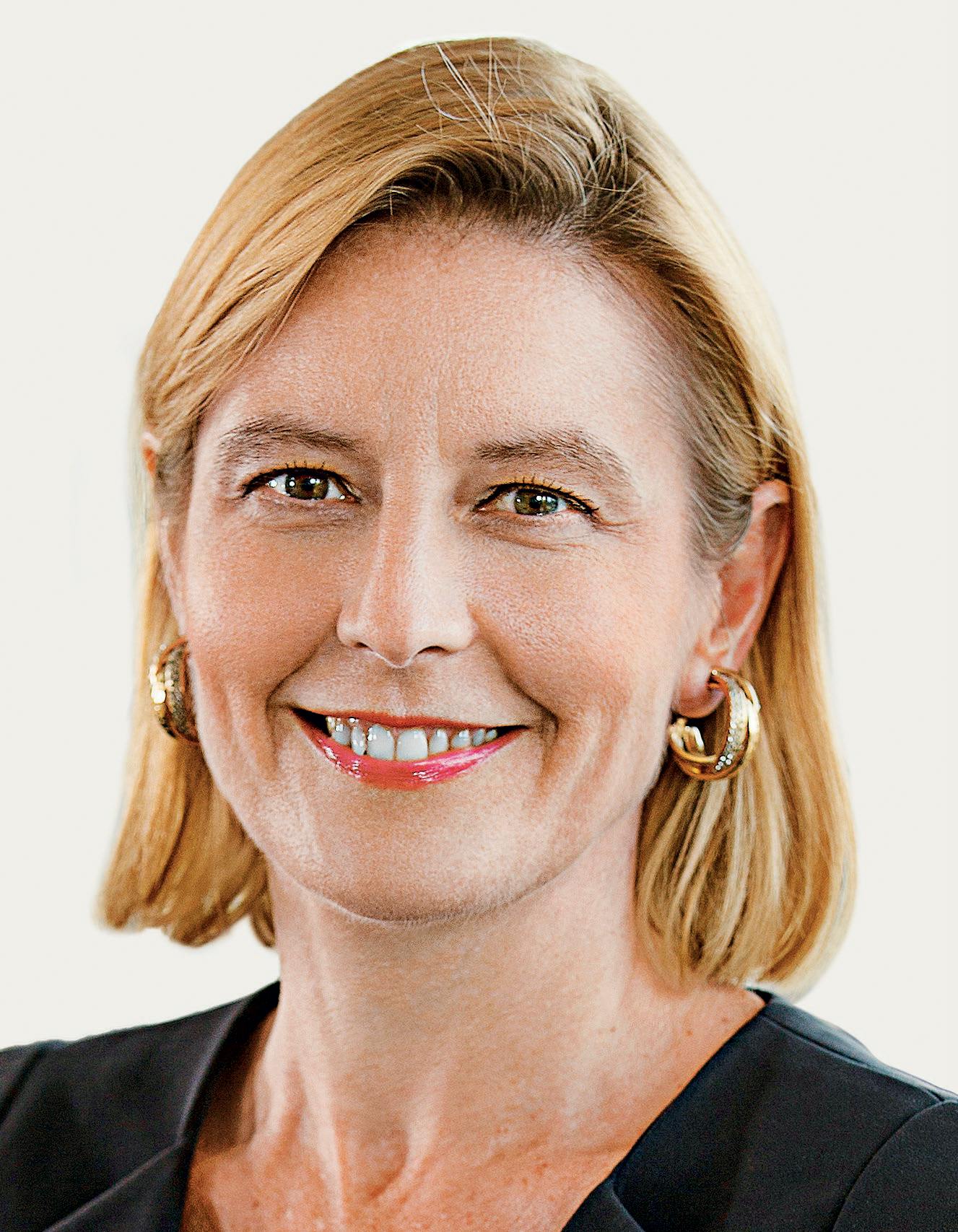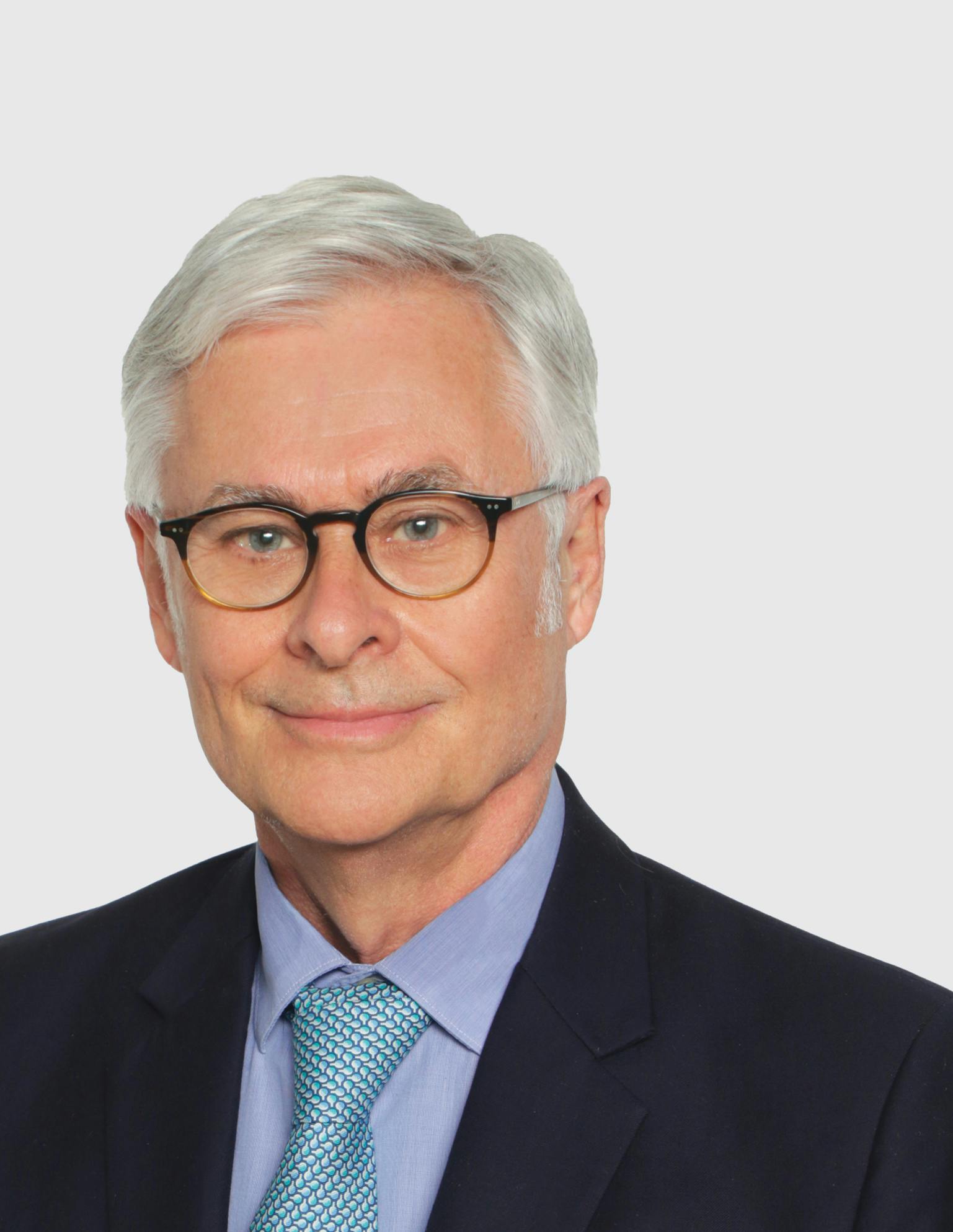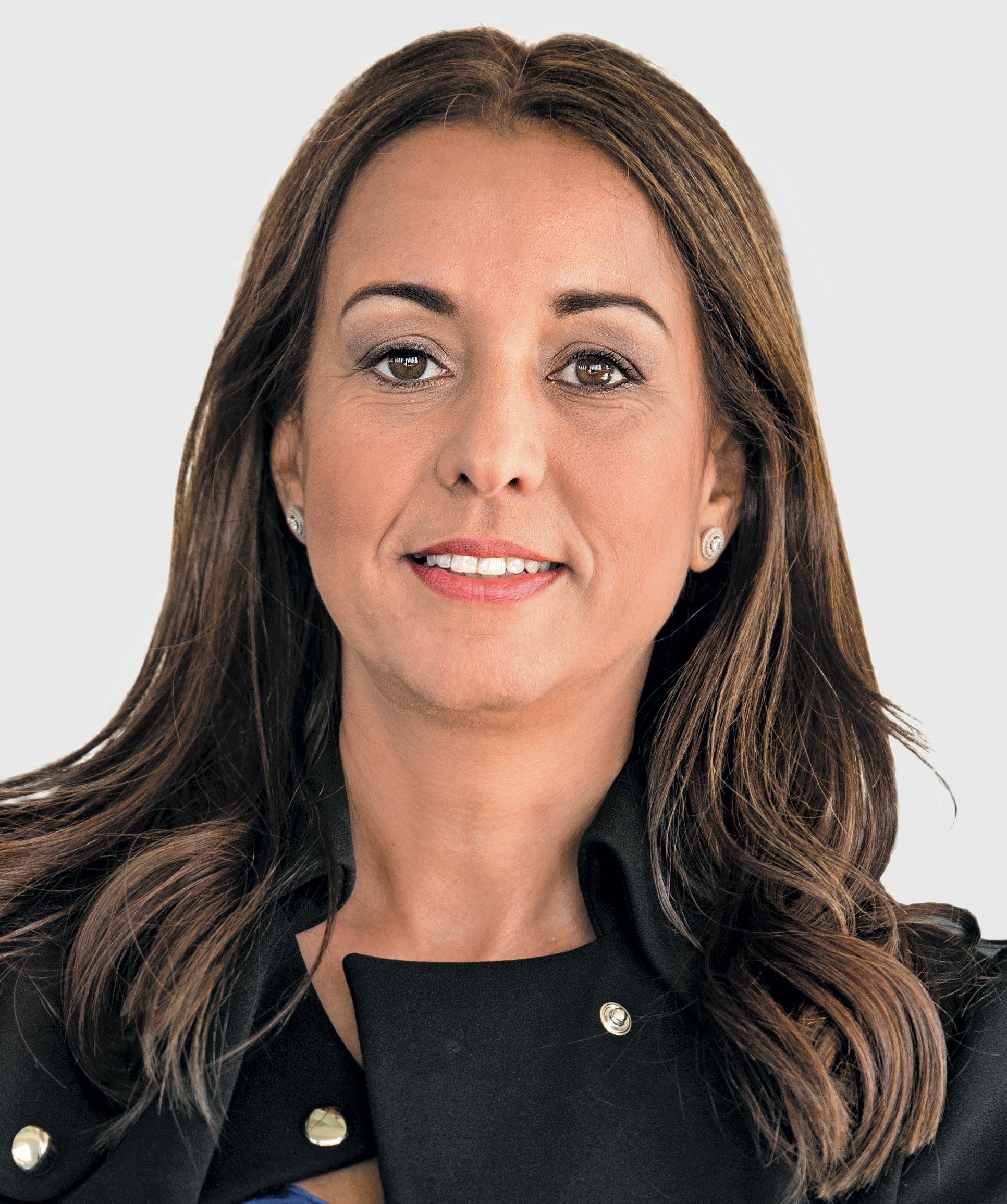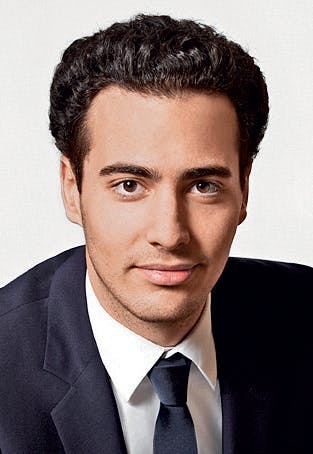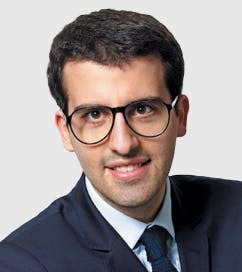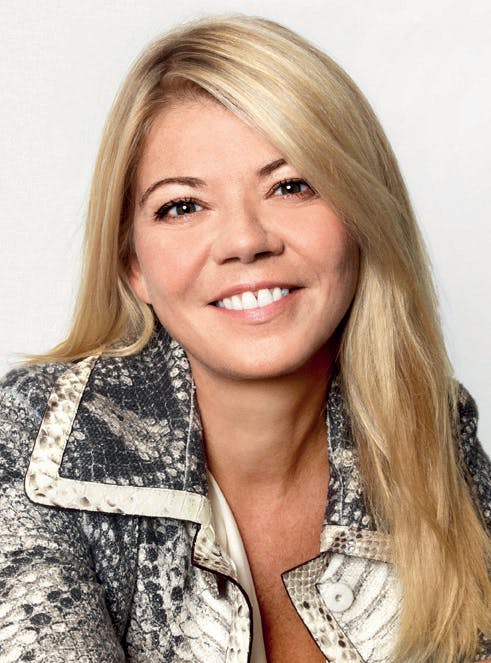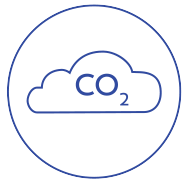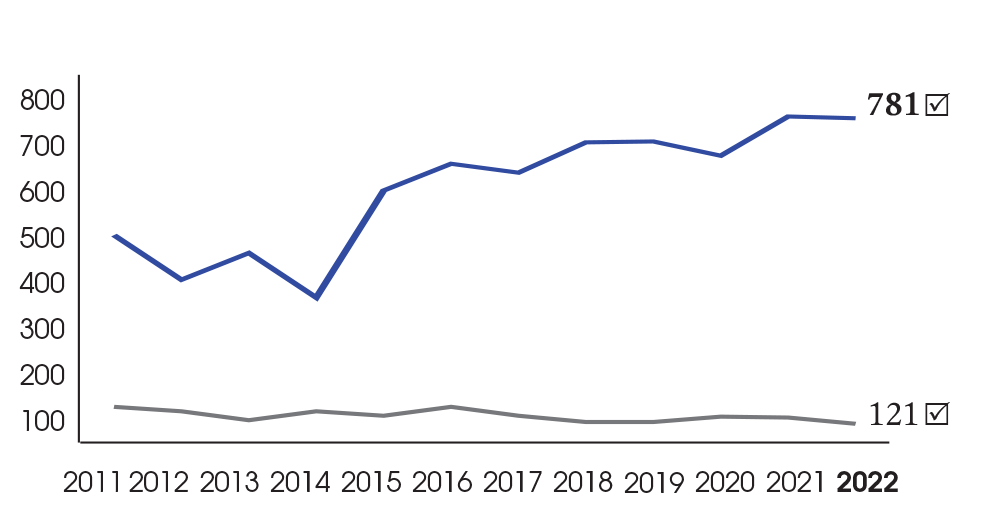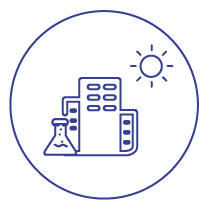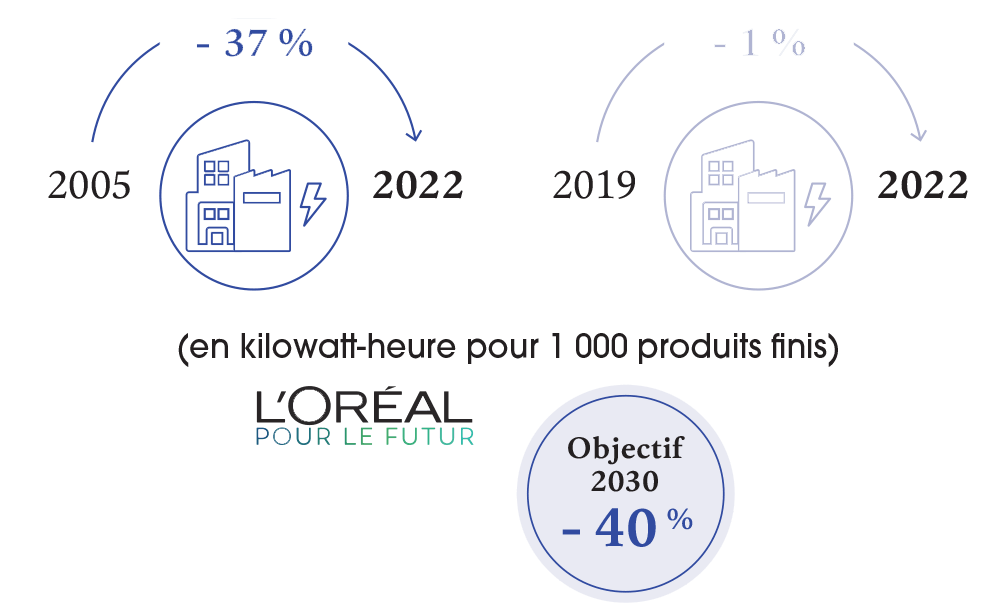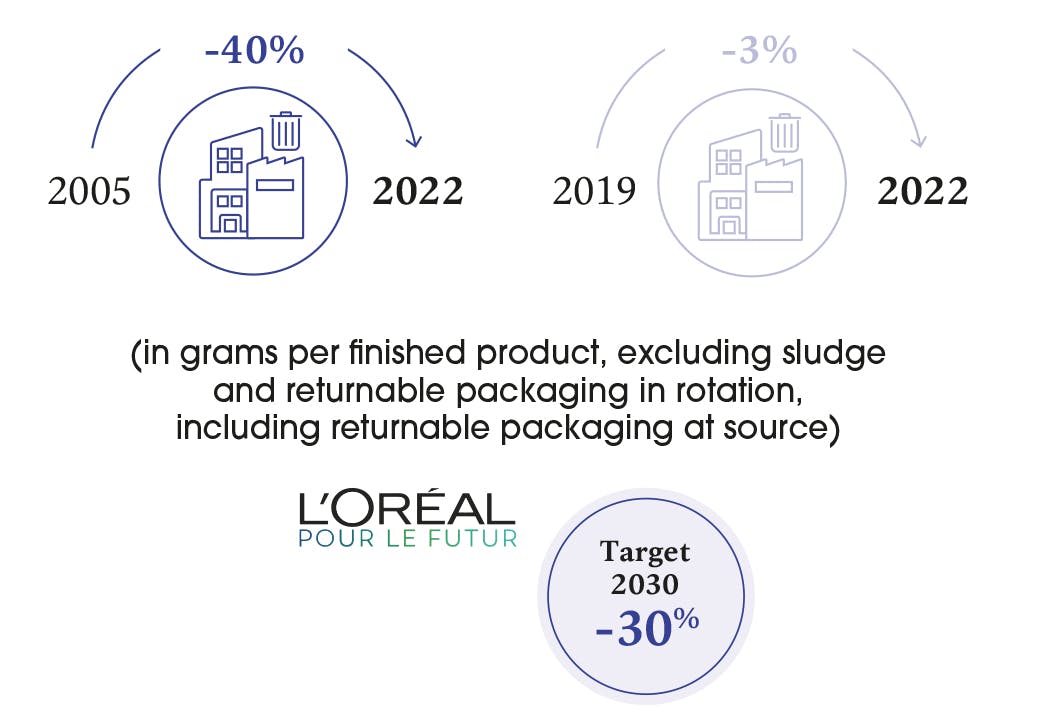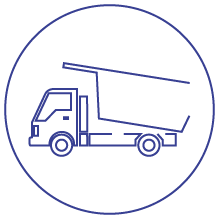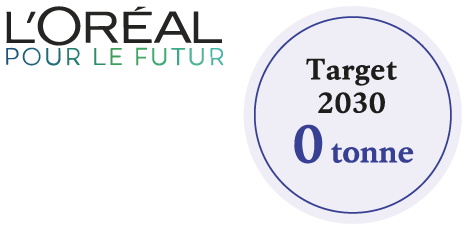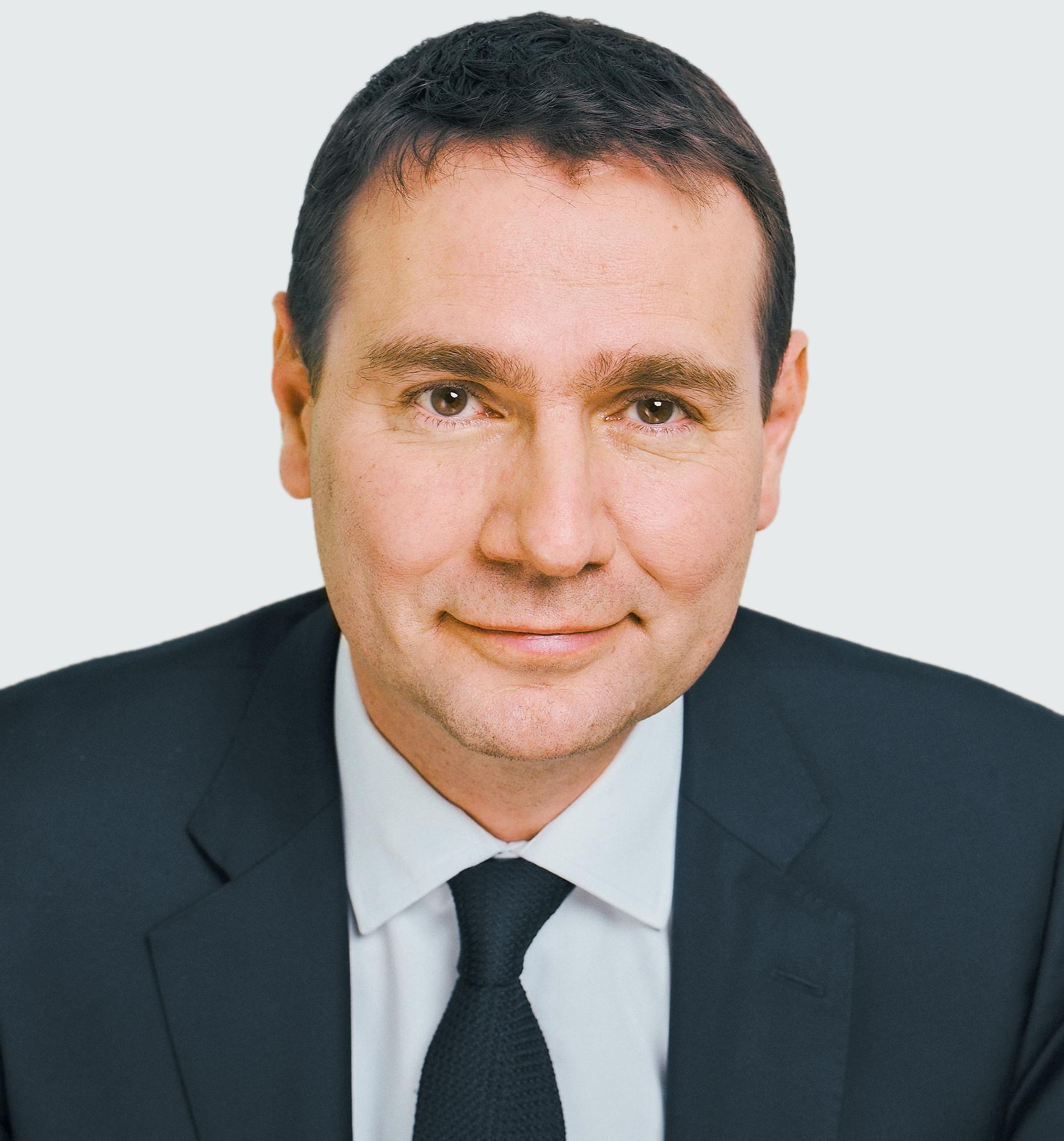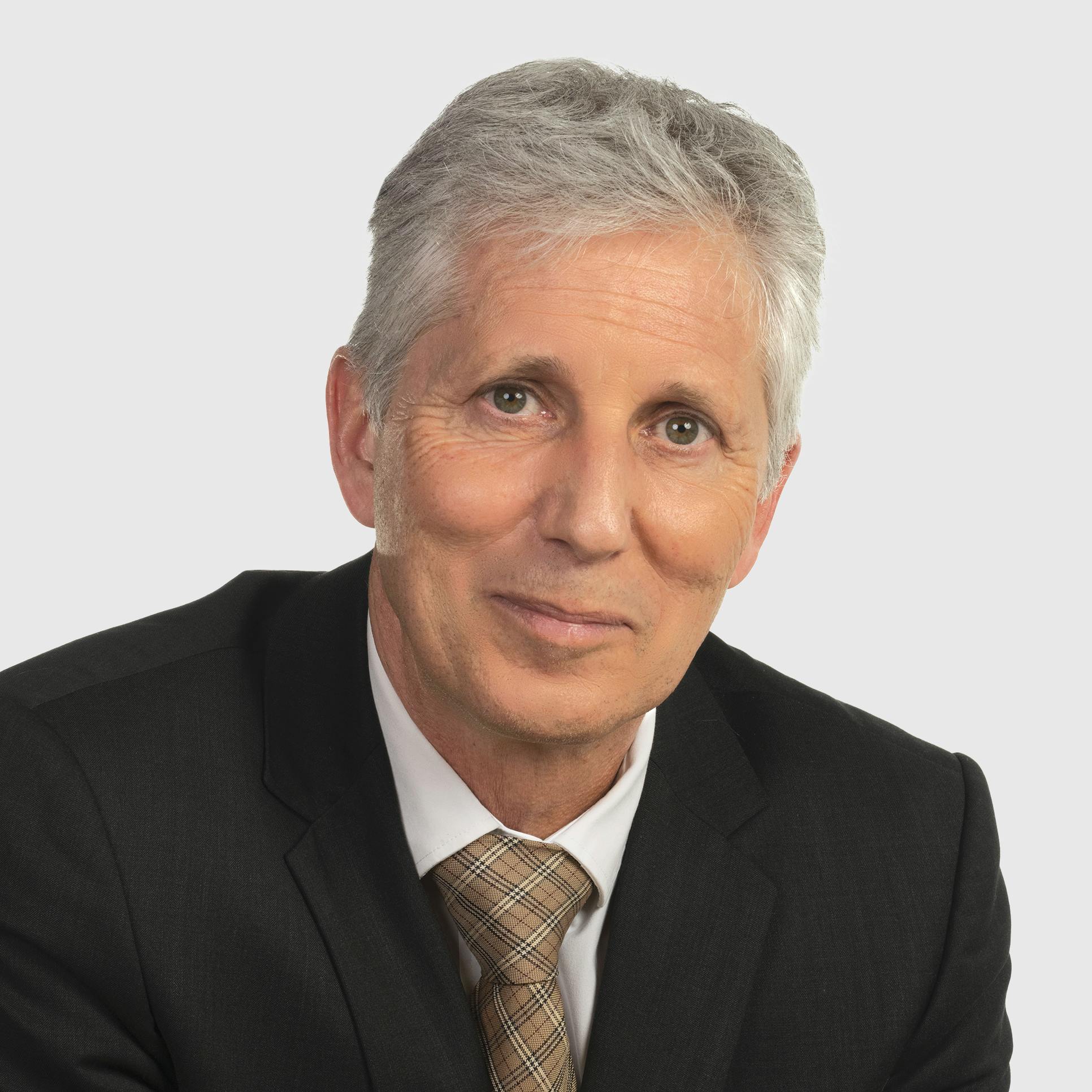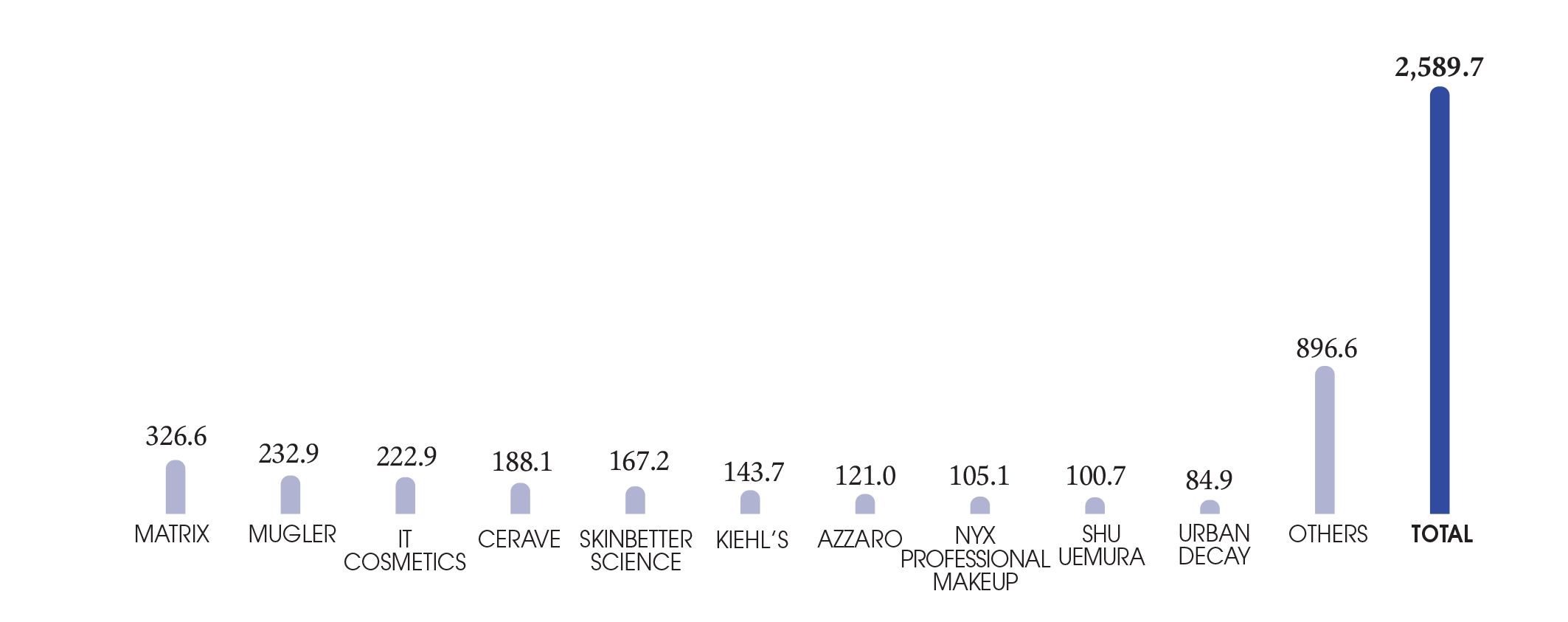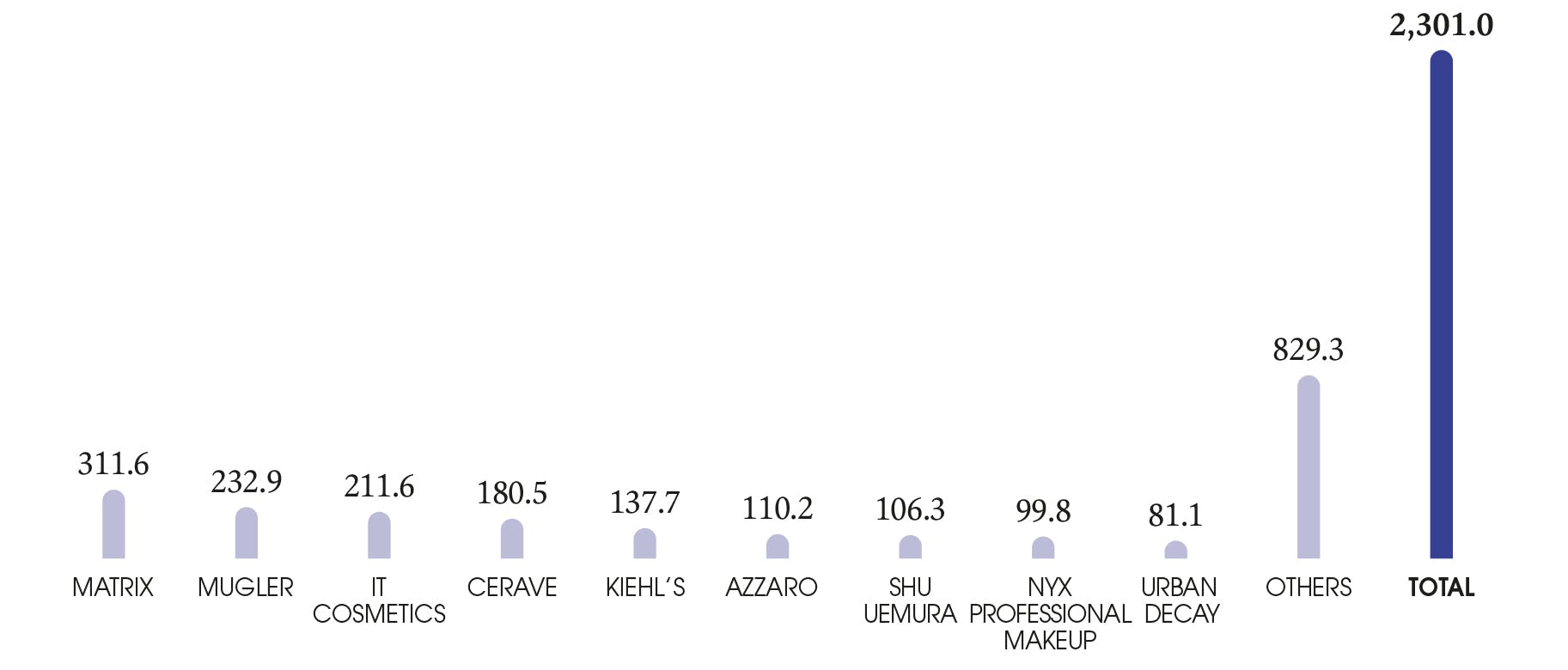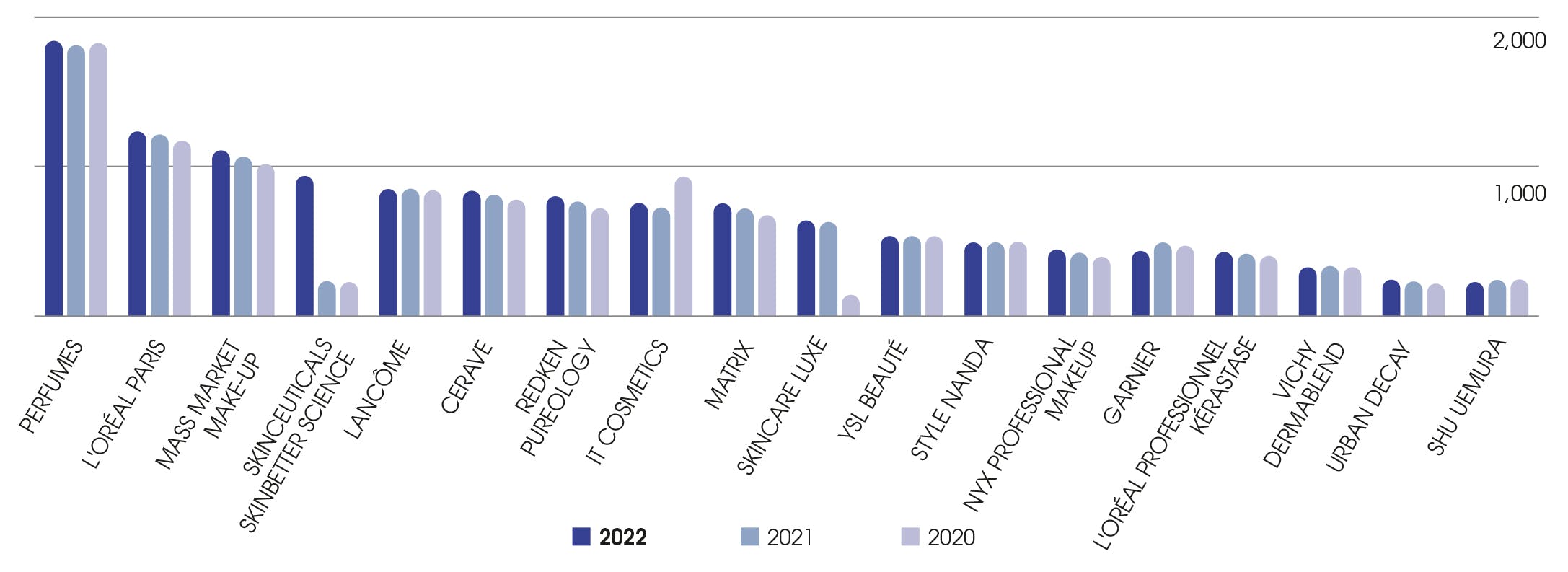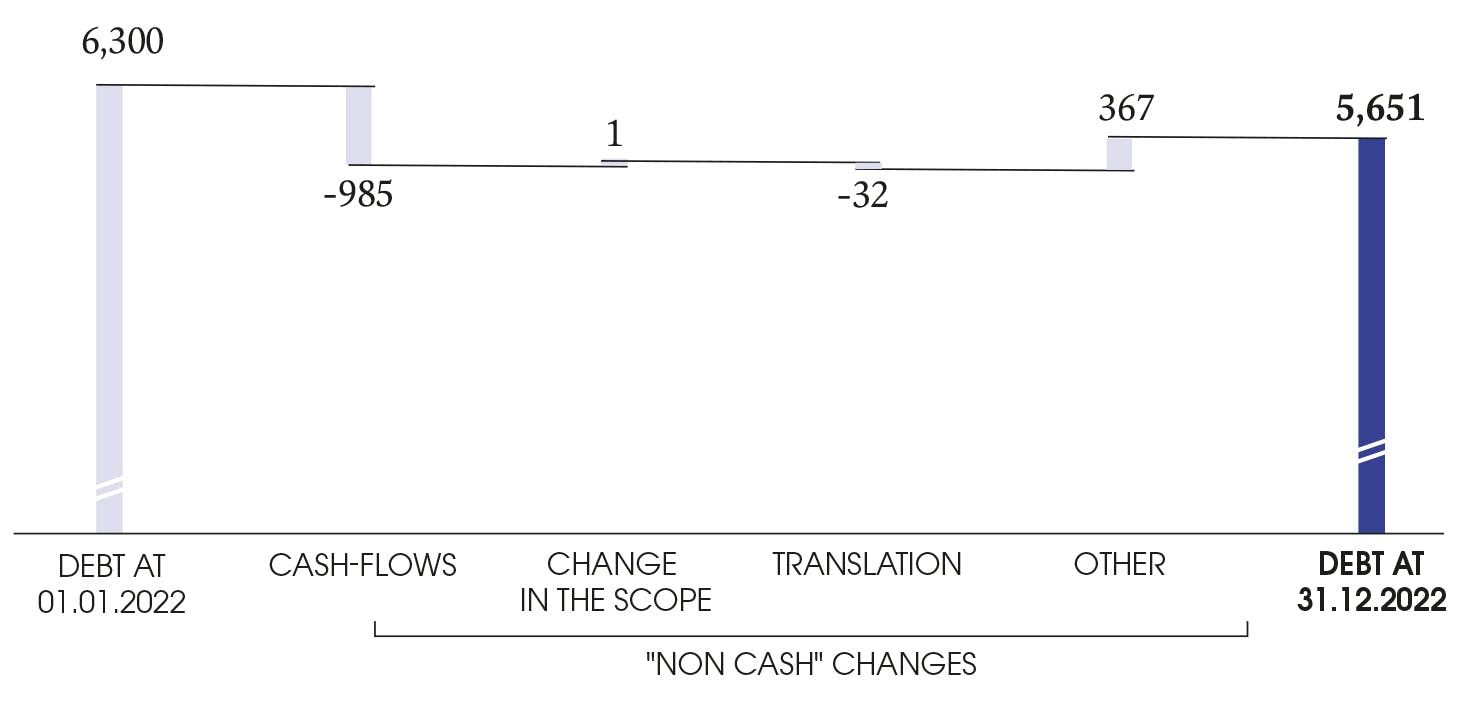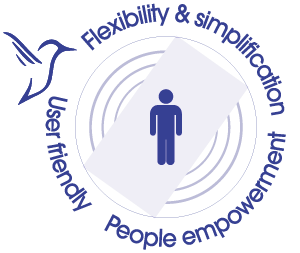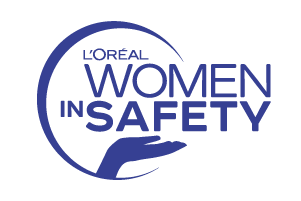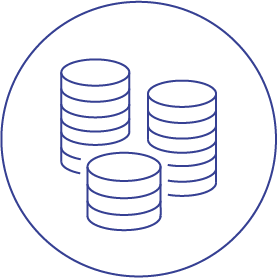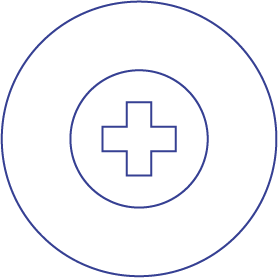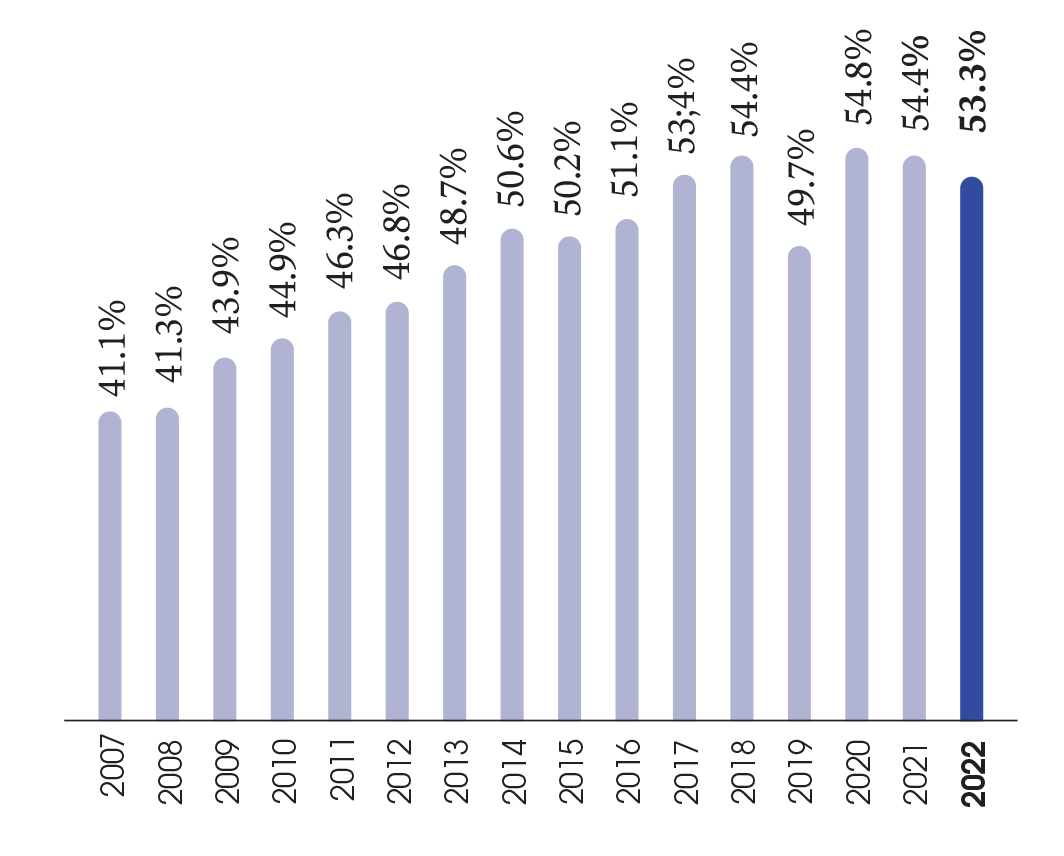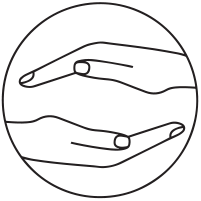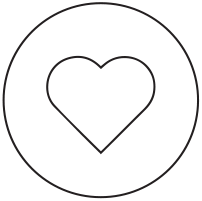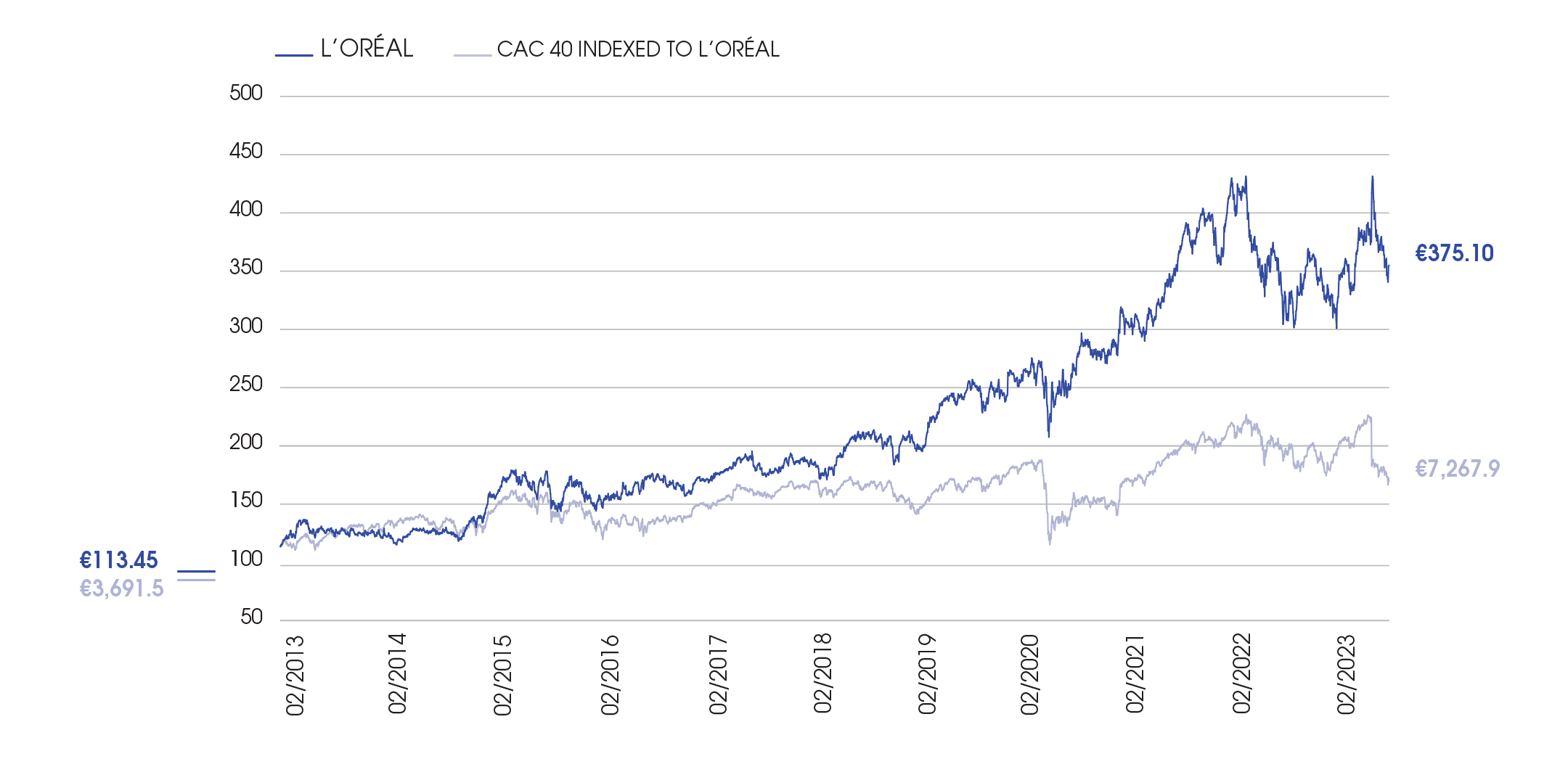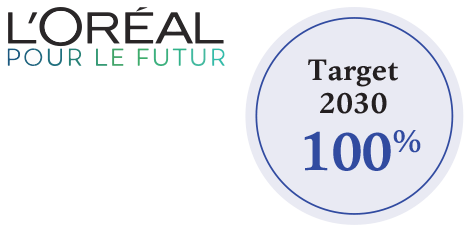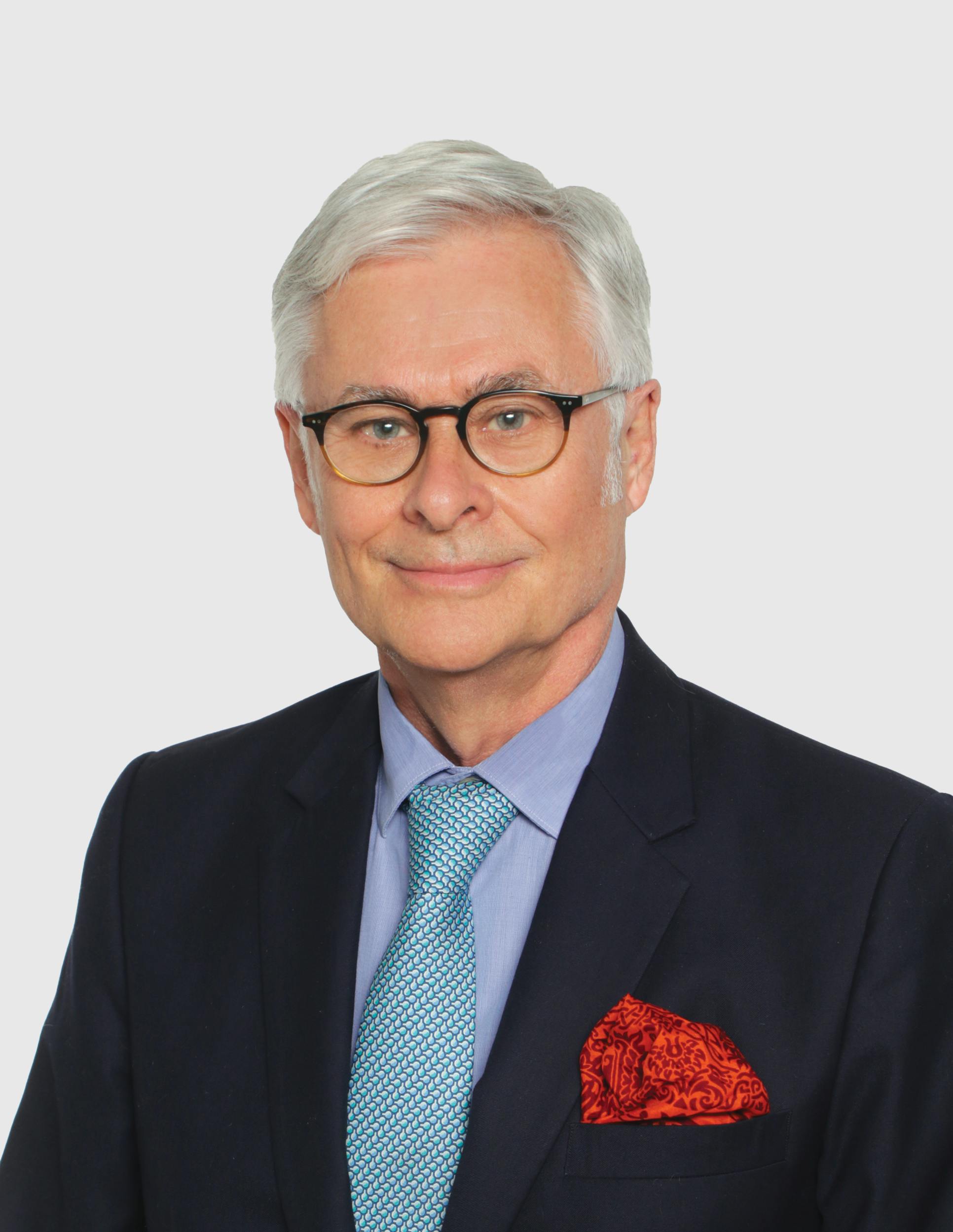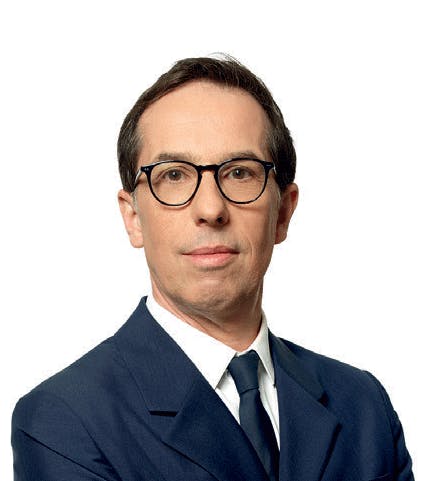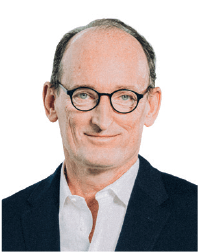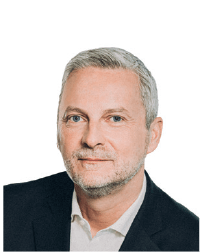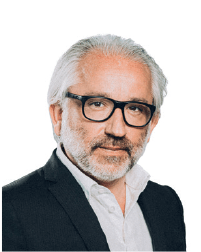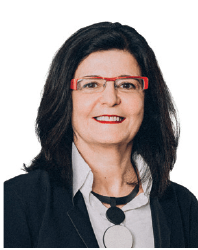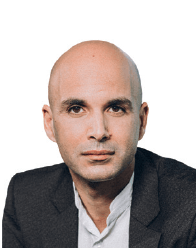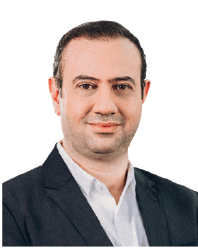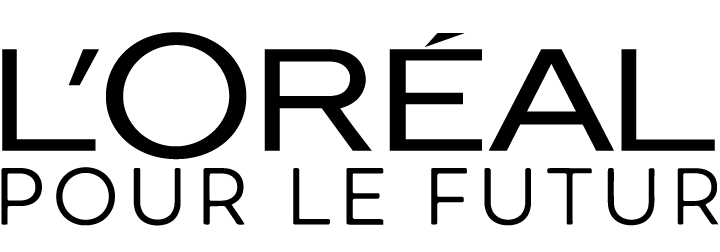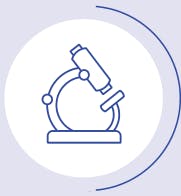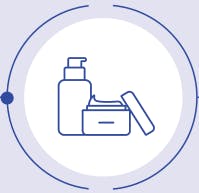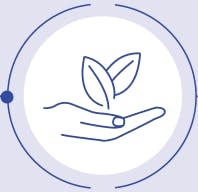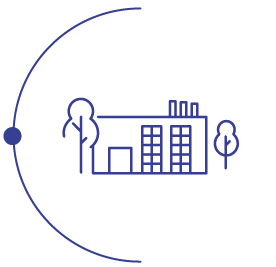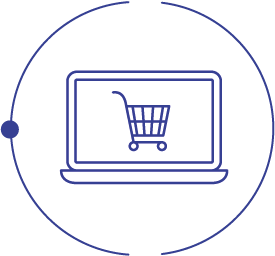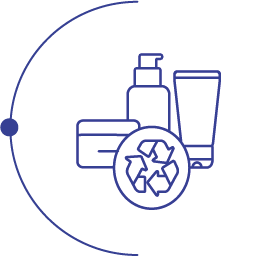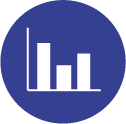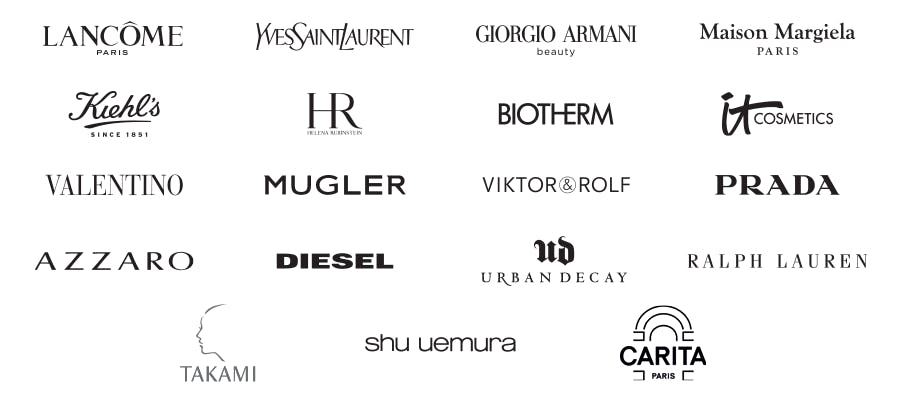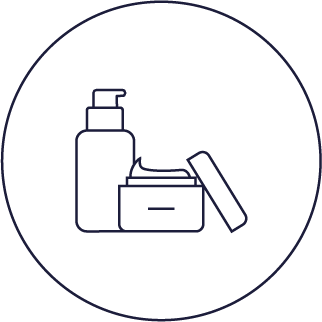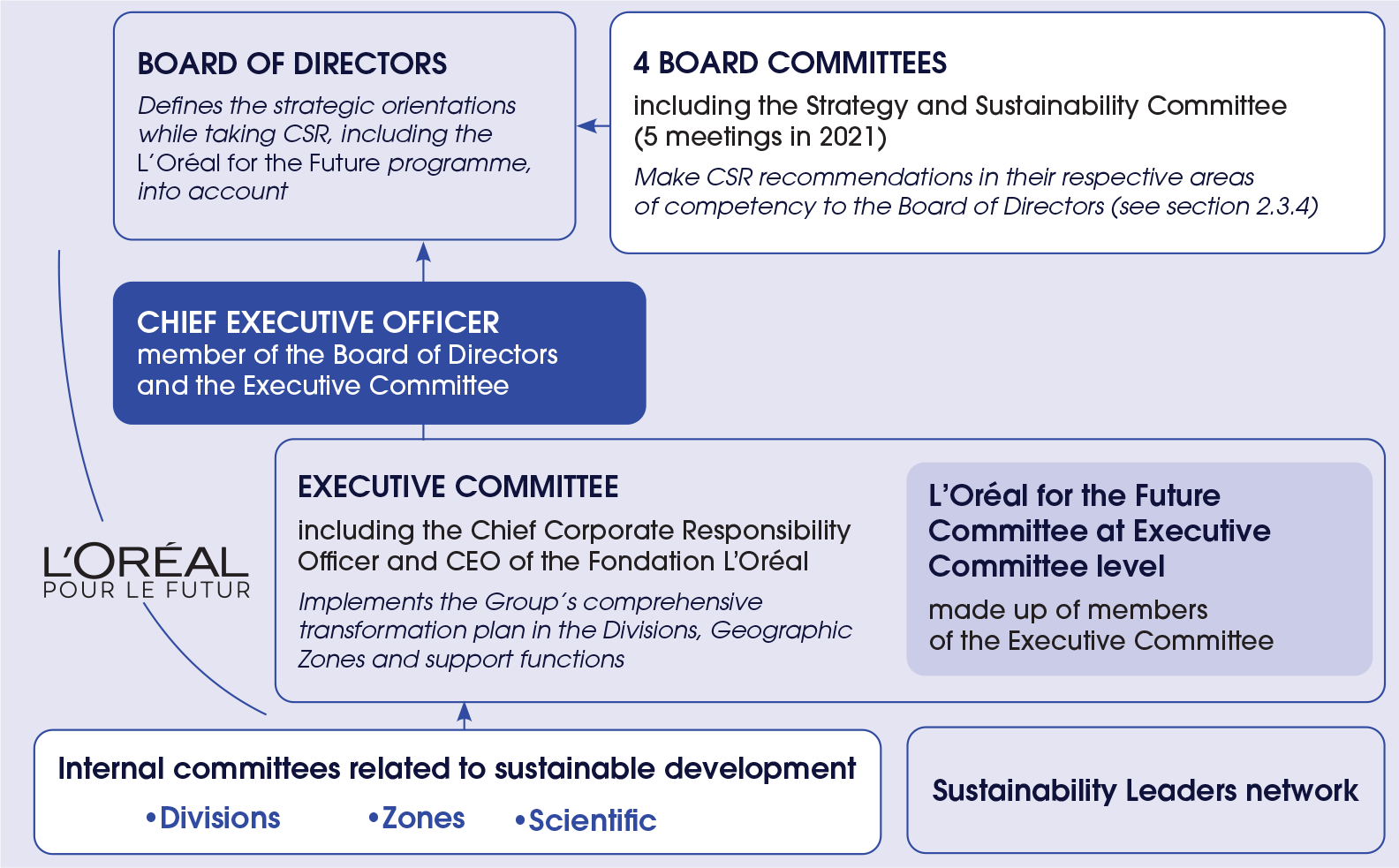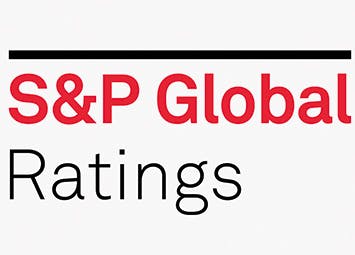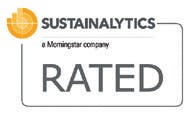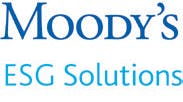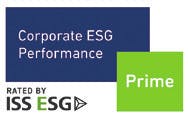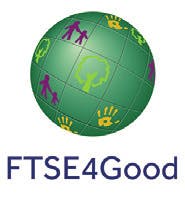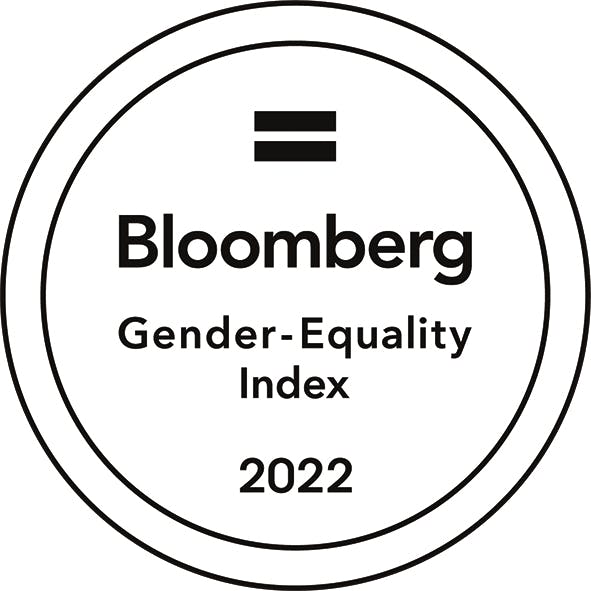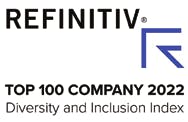We use cookies that are strictly necessary for the operation of this website as well as statistical cookies that allow us to anonymously know how users interact with the website in order to optimize your user experience.
These cookies can be set at any time from the publication.
TABLE OF CONTENT
- 1
- Prospects:...Prospects: Jean-Paul Agon, Chairman of the Board of Directors of L’OréalProspects: Jean-Paul Agon, Chairman of the Board of Directors of L’Oréal - Page 22
- Prospects: Nicolas...Prospects: Nicolas Hieronimus, Chief Executive Officer of L’OréalProspects: Nicolas Hieronimus, Chief Executive Officer of L’Oréal - Page 33
- Chapter 1...Chapter 1 : Presentation of the Group – Integrated ReportChapter 1 : Presentation of the Group – Integrated Report - Page 5
page 5 TO 52
- 1.1. The...61.1. The L’Oréal Group: the fundamentals1.1. The L’Oréal Group: the fundamentals - page6
- 1.2. L’Oréal,...141.2. L’Oréal, a value-creating model1.2. L’Oréal, a value-creating model - page14
- 1.3. 2022...361.3. 2022 Financial Results and Corporate Social Responsibility commitments1.3. 2022 Financial Results and Corporate Social Responsibility commitments - page36
- 1.4. A...501.4. A tailored, agile and responsive organisation1.4. A tailored, agile and responsive organisation - page50
- 1.5. Internal...511.5. Internal Control and risk management system1.5. Internal Control and risk management system - page51
- Chapter 2...Chapter 2 : Corporate governanceChapter 2 : Corporate governance - Page 53
page 53 TO 116
- 2.1. Framework...542.1. Framework for the implementation of corporate governance principles2.1. Framework for the implementation of corporate governance principles - page54
- 2.2. Composition...572.2. Composition of the Board at 31 December 20222.2. Composition of the Board at 31 December 2022 - page57
- 2.3. Organisation...722.3. Organisation and modus operandi of the Board of Directors2.3. Organisation and modus operandi of the Board of Directors - page72
- 2.4. Remuneration...912.4. Remuneration of directors and corporate officers2.4. Remuneration of directors and corporate officers - page91
- 2.5. Summary table of...1142.5. Summary table of the recommendations of the AFEP‑MEDEF Code which have not been applied2.5. Summary table of the recommendations of the AFEP‑MEDEF Code which have not been applied - page114
- 2.6. Summary statement of...1152.6. Summary statement of trading by directors and corporate officers in L’Oréal shares in 20222.6. Summary statement of trading by directors and corporate officers in L’Oréal shares in 2022 - page115
- 2.7. Statutory...1152.7. Statutory Auditors’ Special Report on regulated agreements2.7. Statutory Auditors’ Special Report on regulated agreements - page115
- Chapter 3...Chapter 3 : Risk factors and risk managementChapter 3 : Risk factors and risk management - Page 117
page 117 TO 150
- 3.1. Definition...1183.1. Definition and objectives of Internal Control3.1. Definition and objectives of Internal Control - page118
- 3.2. Components...1193.2. Components of the Internal Control and Risk Management system3.2. Components of the Internal Control and Risk Management system - page119
- 3.3. Preparing...1243.3. Preparing and processing accounting and financial information3.3. Preparing and processing accounting and financial information - page124
- 3.4. Vigilance...1263.4. Vigilance Plan3.4. Vigilance Plan - page126
- 3.5. Risk...1413.5. Risk factors and risk management3.5. Risk factors and risk management - page141
- Chapter 4...Chapter 4 : Social, environmental and societal responsibilityChapter 4 : Social, environmental and societal responsibility - Page 151
page 151 TO 252
- 4.2. Main...1604.2. Main non-financial risks4.2. Main non-financial risks - page160
- 4.3. Policies,...1624.3. Policies, performance indicators and results4.3. Policies, performance indicators and results - page162
- 4.4. L’Oréal...2314.4. L’Oréal for the Future: 2022 results4.4. L’Oréal for the Future: 2022 results - page231
- 4.5. Methodological...2324.5. Methodological notes4.5. Methodological notes - page232
- 4.6....2394.6. Cross-reference tables, including NFIS and GHG balance4.6. Cross-reference tables, including NFIS and GHG balance - page239
- 4.7. Statutory...2444.7. Statutory Auditor's Reports4.7. Statutory Auditor's Reports - page244
- Chapter 5...Chapter 5 : 2022 Consolidated Financial StatementsChapter 5 : 2022 Consolidated Financial Statements - Page 253
page 253 TO 316
- 5.1. Compared...2545.1. Compared Consolidated Income Statements5.1. Compared Consolidated Income Statements - page254
- 5.2. Consolidated...2555.2. Consolidated Statement of Comprehensive Income5.2. Consolidated Statement of Comprehensive Income - page255
- 5.3. Compared...2565.3. Compared Consolidated Balance Sheets5.3. Compared Consolidated Balance Sheets - page256
- 5.4. Consolidated...2575.4. Consolidated Statements of Changes in Equity5.4. Consolidated Statements of Changes in Equity - page257
- 5.5. Compared...2595.5. Compared Consolidated Statements of Cash Flows5.5. Compared Consolidated Statements of Cash Flows - page259
- 5.6. Notes...2605.6. Notes to the Consolidated Financial Statements5.6. Notes to the Consolidated Financial Statements - page260
- 5.7. Main...3105.7. Main consolidated companies at 31 December 20225.7. Main consolidated companies at 31 December 2022 - page310
- 5.8. Statutory...3135.8. Statutory Auditor's Report on the Consolidated Financial Statements5.8. Statutory Auditor's Report on the Consolidated Financial Statements - page313
- Chapter 6...Chapter 6 : Parent company financial statementsChapter 6 : Parent company financial statements - Page 317
page 317 TO 344
- 6.1. Compared...3186.1. Compared income statements6.1. Compared income statements - page318
- 6.2. Compared...3196.2. Compared balance sheets6.2. Compared balance sheets - page319
- 6.3. Changes...3206.3. Changes in shareholders’ equity6.3. Changes in shareholders’ equity - page320
- 6.4. Statements...3216.4. Statements of cash flows6.4. Statements of cash flows - page321
- 6.5. Notes...3226.5. Notes to the financial statements of L’Oréal S.A.6.5. Notes to the financial statements of L’Oréal S.A. - page322
- 6.6. Other...3376.6. Other information relating to the financial statements of L’Oréal S.A.6.6. Other information relating to the financial statements of L’Oréal S.A. - page337
- 6.7....3386.7. Five-year financial summary6.7. Five-year financial summary - page338
- 6.8. Equity...3396.8. Equity investments (main changes including shareholding threshold changes)6.8. Equity investments (main changes including shareholding threshold changes) - page339
- 6.9. Statutory...3406.9. Statutory Auditor's Report on the Financial Statements6.9. Statutory Auditor's Report on the Financial Statements - page340
- Chapter 7...Chapter 7 : Share capital and stock market informationChapter 7 : Share capital and stock market information - Page 345
page 345 TO 364
- 7.1. Information...3467.1. Information relating to the Company7.1. Information relating to the Company - page346
- 7.2. Information...3487.2. Information concerning the share capital7.2. Information concerning the share capital - page348
- 7.3. Shareholder...3507.3. Shareholder structure7.3. Shareholder structure - page350
- 7.4....3537.4. Long-term incentive plans7.4. Long-term incentive plans - page353
- 7.5. The...3587.5. The L’Oréal share/the share market7.5. The L’Oréal share/the share market - page358
- 7.6. Information...3637.6. Information and shareholder dialogue policy7.6. Information and shareholder dialogue policy - page363
- Chapter 8...Chapter 8 : Annual General MeetingChapter 8 : Annual General Meeting - Page 365
page 365 TO 386
- 8.1. Draft resolutions and Report of the Board of Directors to the Ordinary and Extraordinary...3668.1. Draft resolutions and Report of the Board of Directors to the Ordinary and Extraordinary General Meeting to be held on Friday 21 April 20238.1. Draft resolutions and Report of the Board of Directors to the Ordinary and Extraordinary General Meeting to be held on Friday 21 April 2023 - page366
- 8.2. Statutory...3858.2. Statutory Auditor's Report8.2. Statutory Auditor's Report - page385
- 9.1. Statutory...3889.1. Statutory Auditors9.1. Statutory Auditors - page388
- 9.2. Historical...3889.2. Historical financial information included by reference9.2. Historical financial information included by reference - page388
- 9.3. Declaration by the person...3889.3. Declaration by the person responsible for the Universal Registration Document and the Annual Financial Report9.3. Declaration by the person responsible for the Universal Registration Document and the Annual Financial Report - page388
- 9.4....3899.4. Cross-reference table with the Universal Registration Document9.4. Cross-reference table with the Universal Registration Document - page389
- 9.5. Annual...3919.5. Annual Financial Report cross-reference table9.5. Annual Financial Report cross-reference table - page391
- 9.6. Cross-reference table with the...3919.6. Cross-reference table with the AMF tables on the remuneration of directors and corporate officers9.6. Cross-reference table with the AMF tables on the remuneration of directors and corporate officers - page391
- 9.7. Management...3929.7. Management Report cross-reference table9.7. Management Report cross-reference table - page392
The GHG Protocol defines 15 items of emissions associated with Scope 3:
| Upstream or downstream | Scope 3 categories | Scope | 2022 emissions(in thousand tonnes of CO2)
|
|---|---|---|---|
| Upstream | UpstreamScope 3 categories 1. Products and services purchased |
UpstreamScopeCO2 emissions related to the preparation of all materials used for the products manufactured by the Group, and their promotion at points of sale. These emissions include the extraction of materials, their transportation to suppliers followed by their processing prior to delivery; this represents1,063,284 tonnes of CO2eq. for the raw materials used in our formulas and1,718,281 tonnes of CO 2eq. for the packaging elements of our products. The CO 2emissions of this item also include the services purchased by L’Oréal (marketing, advertising etc.) (see section 4.3.1.2.2.). |
Upstream2022 emissions(in thousand tonnes of CO2)
4,556 |
| Upstream or downstream 2. Capital goods |
Scope 3 categoriesCO2 emissions related to capital goods acquired or leased by L’Oréal in 2022 (property, production related to capital goods, IT etc.). |
Scope 813 |
|
| Upstream or downstream 3. Fuel- or energy-related activities (not included in Scope 1 and 2 emissions) |
Scope 3 categoriesCO2 emissions related to the extraction, production and transport of the fuel and energy purchased by L’Oréal. It also includes losses during the distribution of electricity. |
Scope 151 |
|
| Upstream or downstream 4. Upstream transport and distribution |
Scope 3 categoriesCO2 emissions generated by the transport of items purchased and shipped to production or distribution sites. |
Scope 151 |
|
| Upstream or downstream 5. Waste generated by sites |
Scope 3 categoriesCO2 emissions related to the treatment of production waste and wastewater(by a third party) from facilities operated and/or owned by L’Oréal. |
Scope 8 |
|
| Upstream or downstream 6. Business travel |
Scope 3 categoriesCO2 emissions related to business travel for all employees in all countries. These emissions take into account the different means of transport used (plane, train, short-term car hire etc.). |
Scope 97 |
|
| Upstream or downstream 7. Employee home/work commuting |
Scope 3 categoriesCO2 emissions related to employees’ journeys from their home to their workplace. This category also incorporates CO 2emissions related to the energy consumption of employees who work remotely. |
Scope 112 |
|
| Upstream or downstream 8. Upstream leased assets |
Scope 3 categoriesCO2 emissions generated by the energy consumption of the stores and the consumption of fuel by vehicles used under long-term leases. |
Scope 67 |
|
| Downstream | DownstreamScope 3 categories 9. Downstream transport and distribution |
DownstreamScopeCO2 emissions related to transporting products sold, including: transportation flows of finished products from the production sites to the first customer delivery point (443,535 tonnes of CO 2eq.) and consumers’ travel to and from the points of sale (29,217 tonnes CO2eq.). The CO2 emissions of this item also include the energy consumption associated with the materials used to promote products at the point of sale (116,201 tonnes CO 2eq.). |
Downstream2022 emissions(in thousand tonnes of CO2)
589 |
| Upstream or downstream 10. Processing of sold products |
Scope 3 categories Not relevant: our production is used directly by the end customer. There is no transformation of intermediate products. |
Scope - |
|
| Upstream or downstream 11. Use of sold products |
Scope 3 categoriesCO2 emissions related to hot water use by consumers for rinsing off certain L’Oréal products, such as shampoos, shower gels, hair dyes etc. These emissions are related mainly to the nature and mode of production of the energy used for heating water (which differ by country of use).(See section 4.3.1.3.) |
Scope 4,102 |
|
| Upstream or downstream 12. End-of-life treatment of sold products |
Scope 3 categories CO 2emissions relating to the treatment of sold products after their use:filling and packing components treated in existing streams and wastewater treated in water treatment plants. These emissions are related mainly to the nature and mode of production of the energy used for each treatment. |
Scope 520 |
|
| Upstream or downstream 13. Downstream leased assets |
Scope 3 categories Not relevant: there is no exploitation of assets owned by L’Oréal and leased by other entities. |
Scope - |
|
| Upstream or downstream 14. Franchises |
Scope 3 categories CO 2emissions related to energy consumption in the Group’s franchised shops. |
Scope - |
|
| Upstream or downstream 15. Investing activities |
Scope 3 categories CO 2emissions related to L’Oréal’s investments in 2022. Investments are recognised according to the share of L’Oréal’s investments in the company or companies in question. |
Scope 79 |
L’Oréal publishes data using a “cradle-to-grave” approach in order to estimate its carbon footprint globally over the entire product lifecycle(1). L’Oréal also analyses its emissions using a “cradle-to-shelf” approach, which includes the steps that L’Oréal has the most influence on through, for example, eco-design initiatives (ex: packaging) or support provided to suppliers (ex: energy reduction for processes).
(1) The cradle-to-grave approach includes all the categories listed above: from raw material purchase to product's transportation upstream and downstream, product use and end of life.










